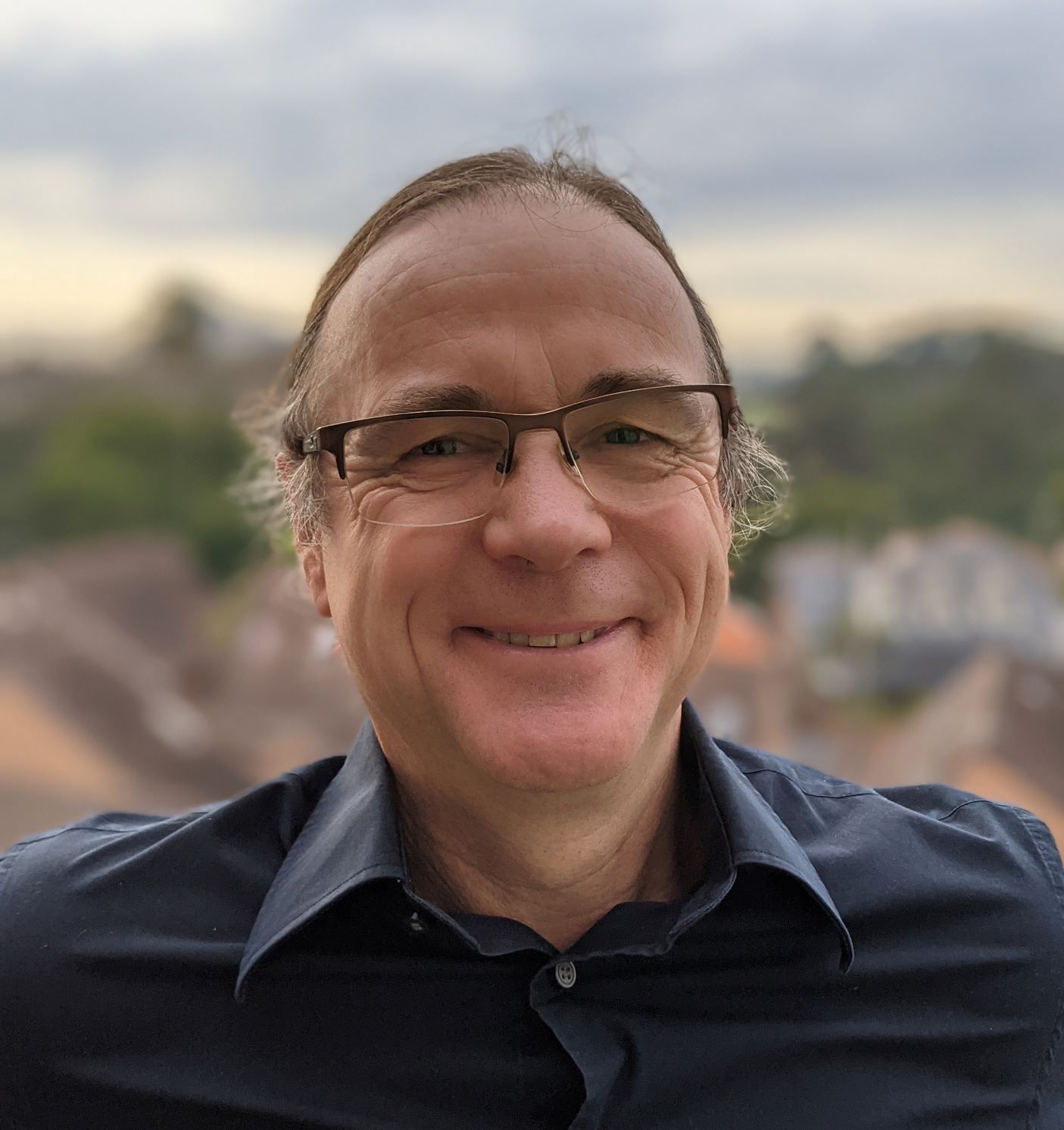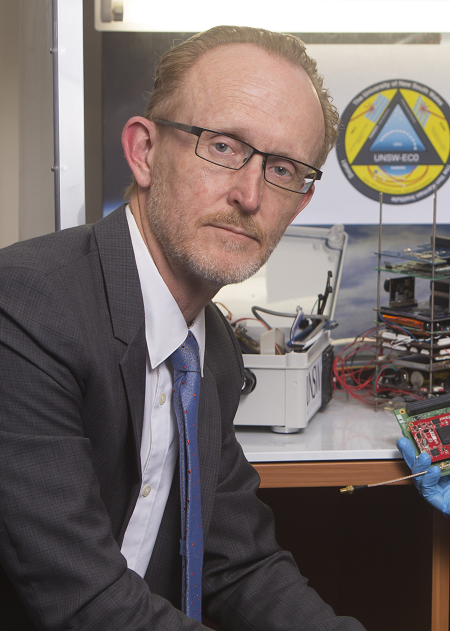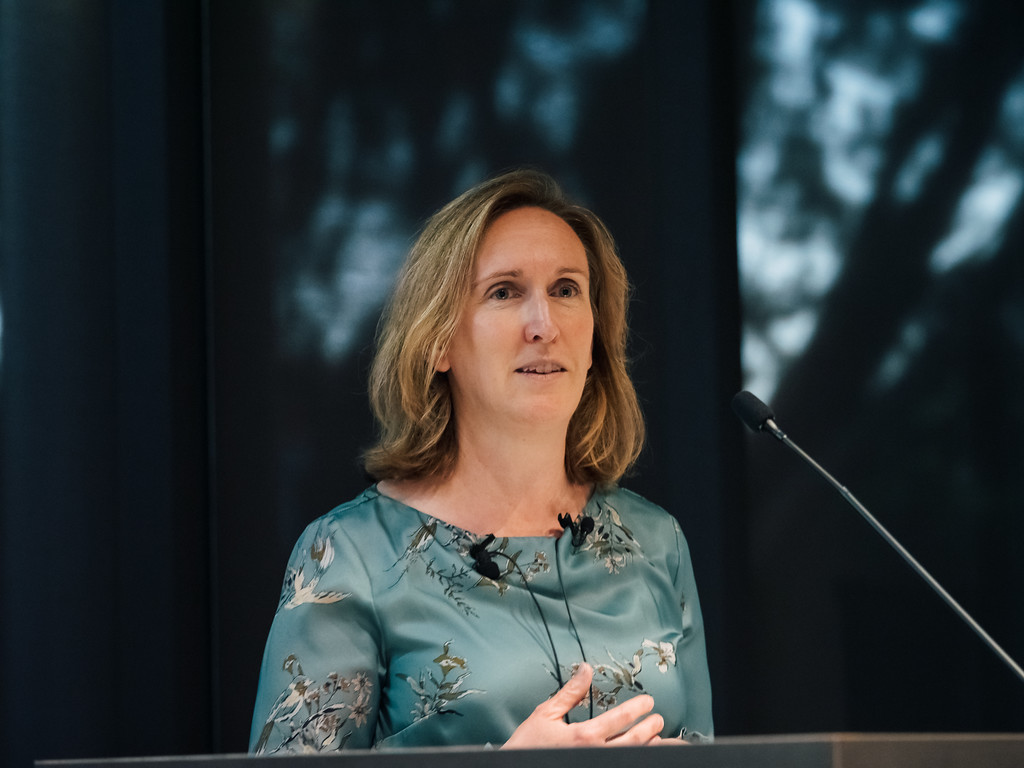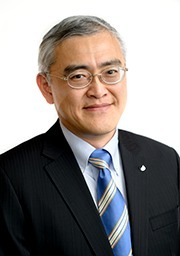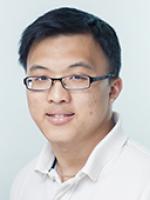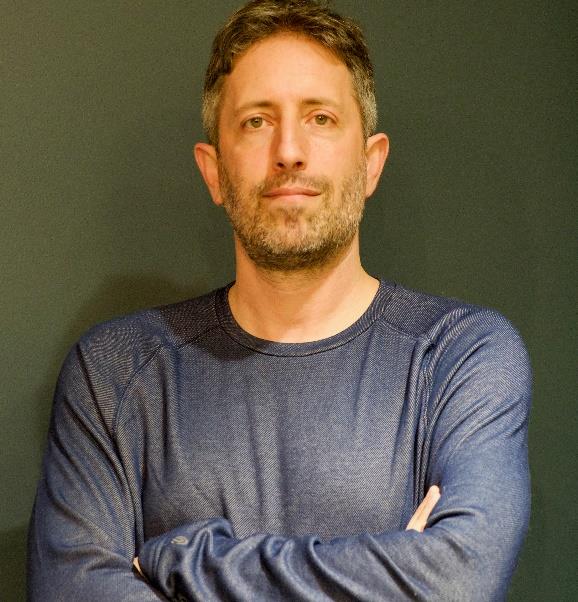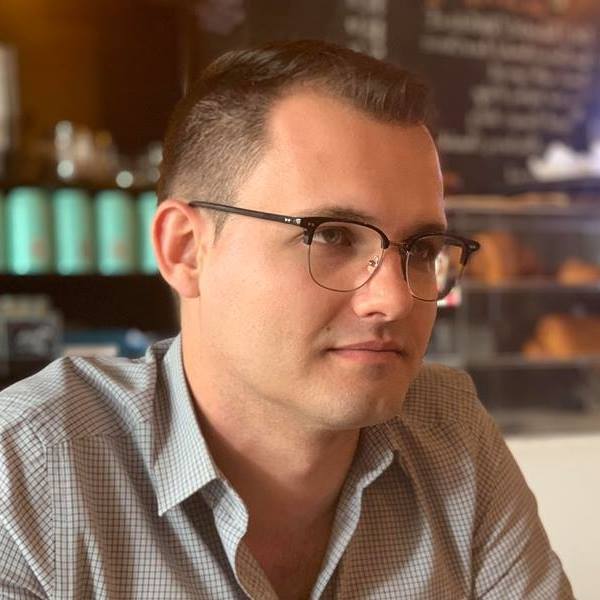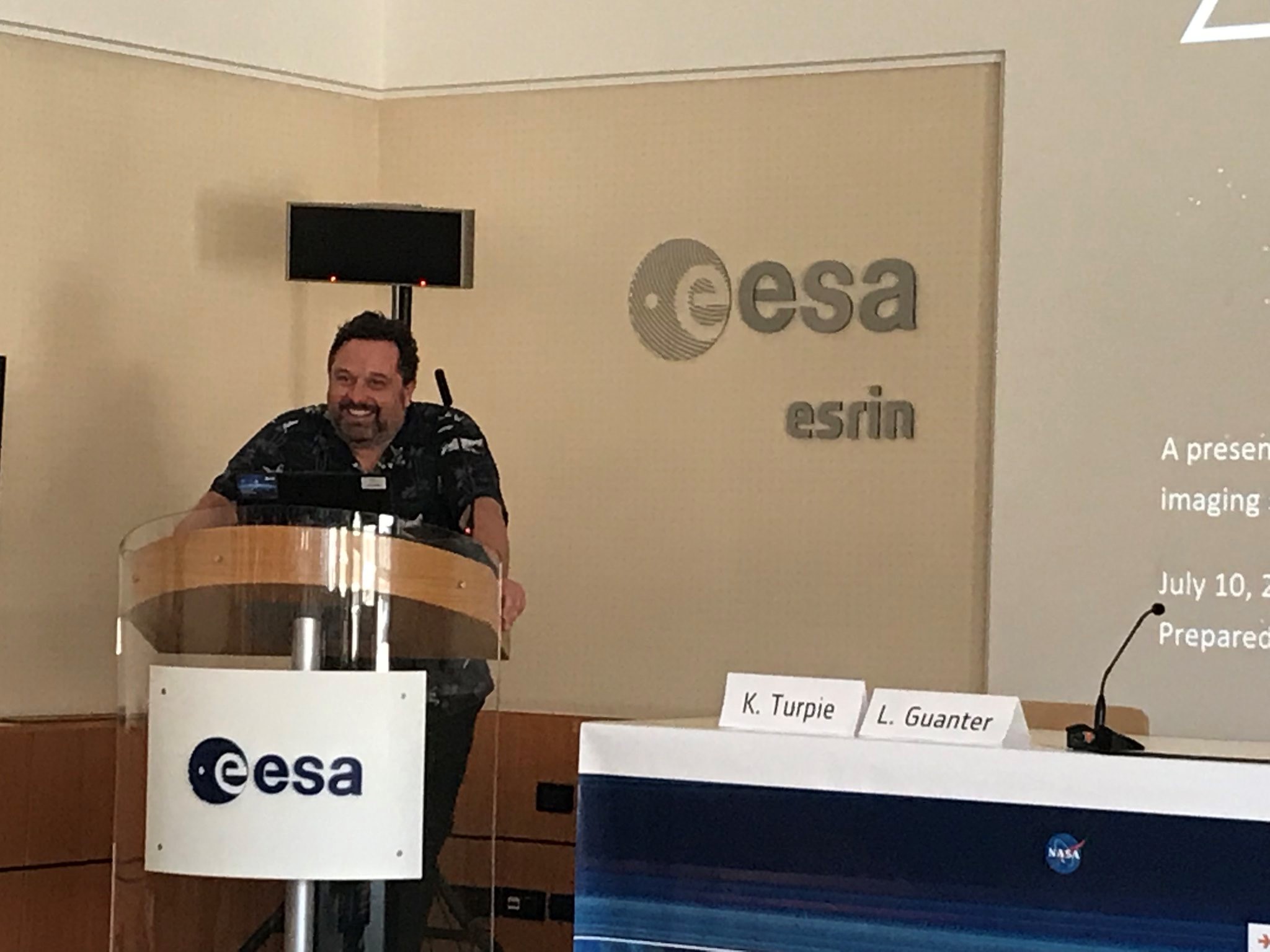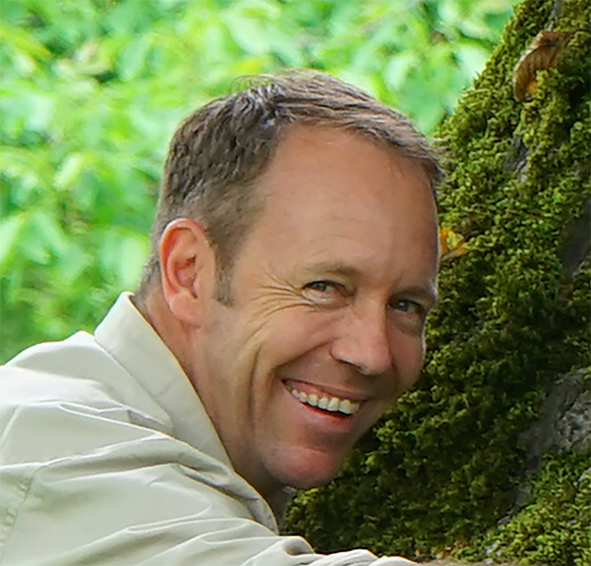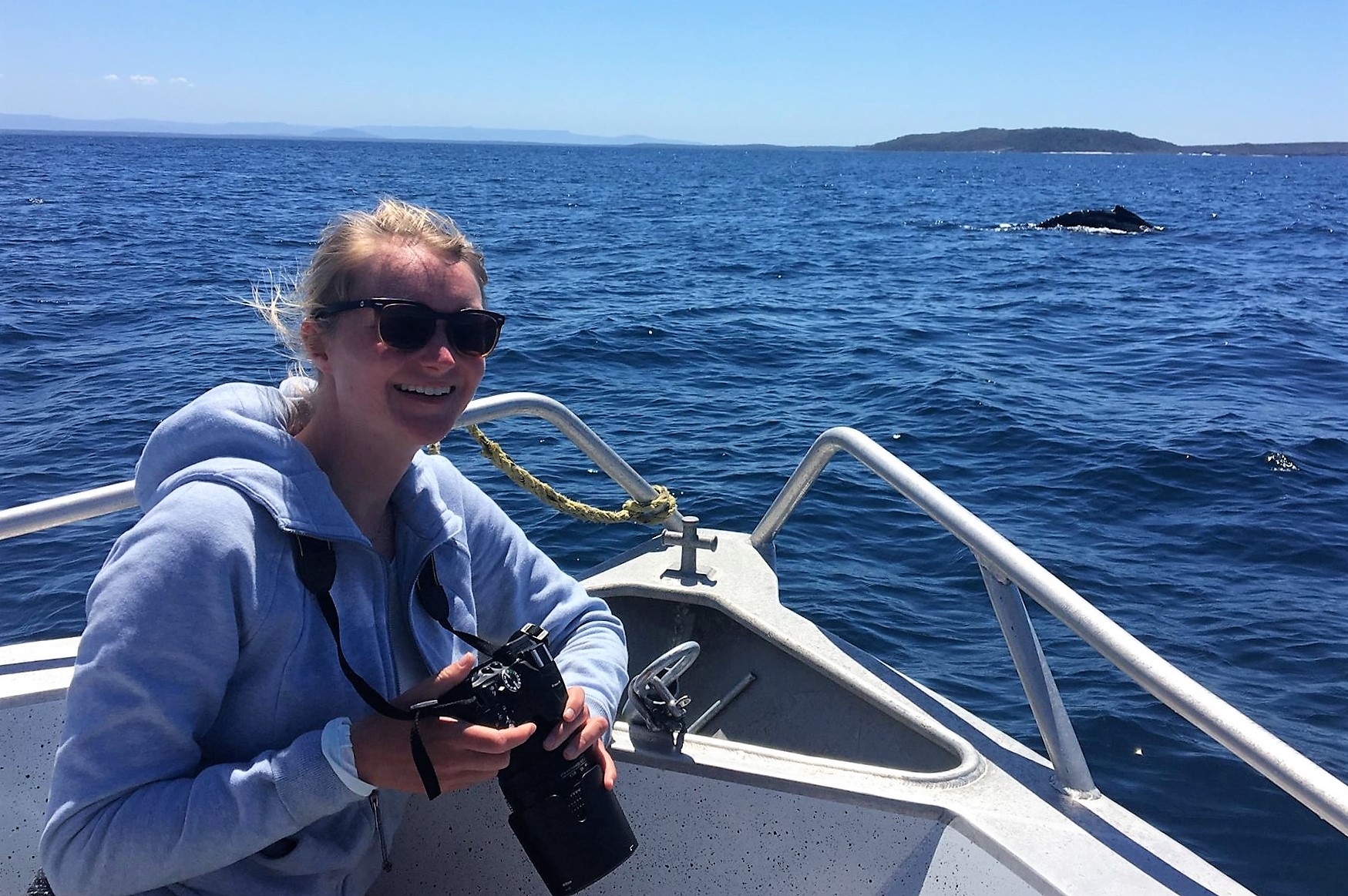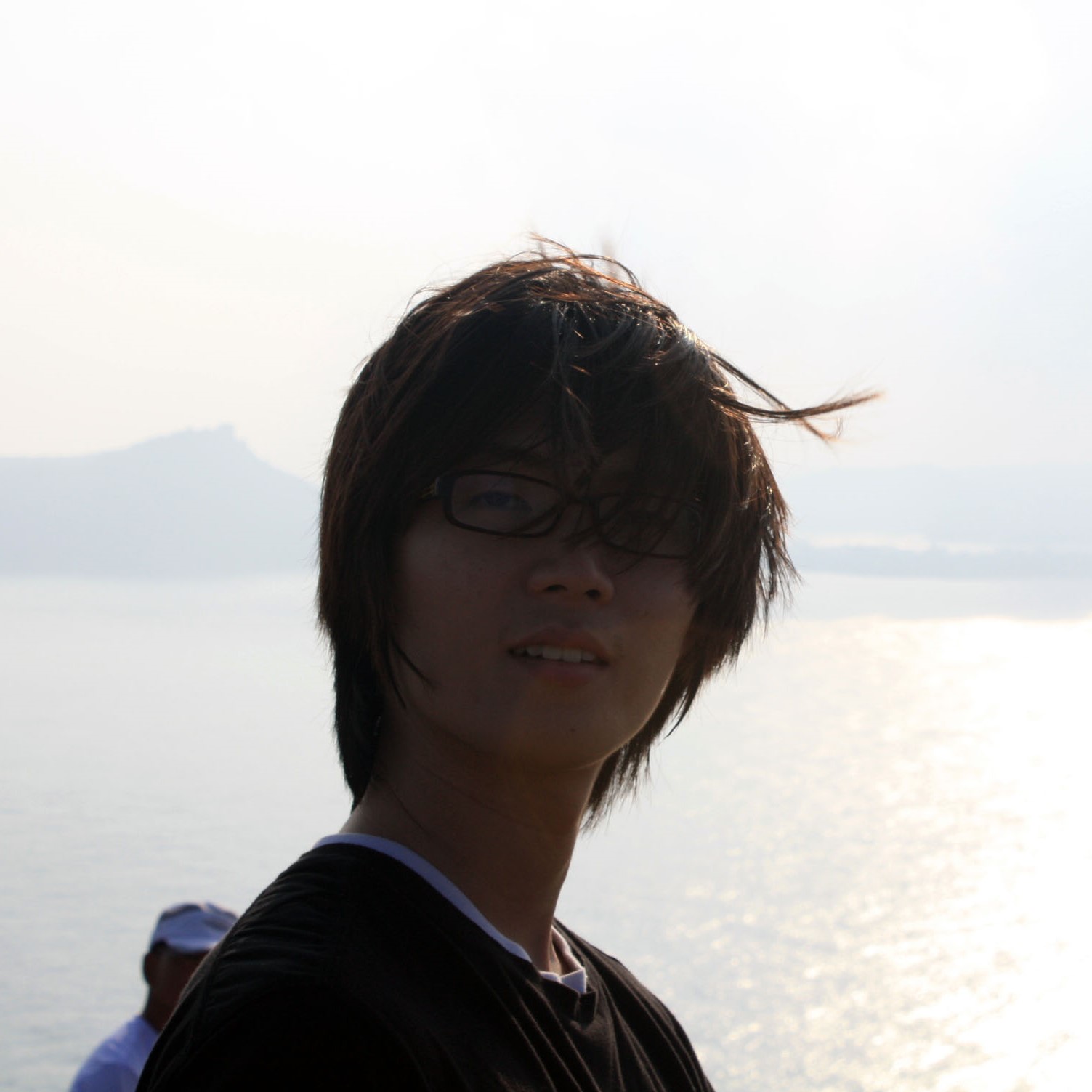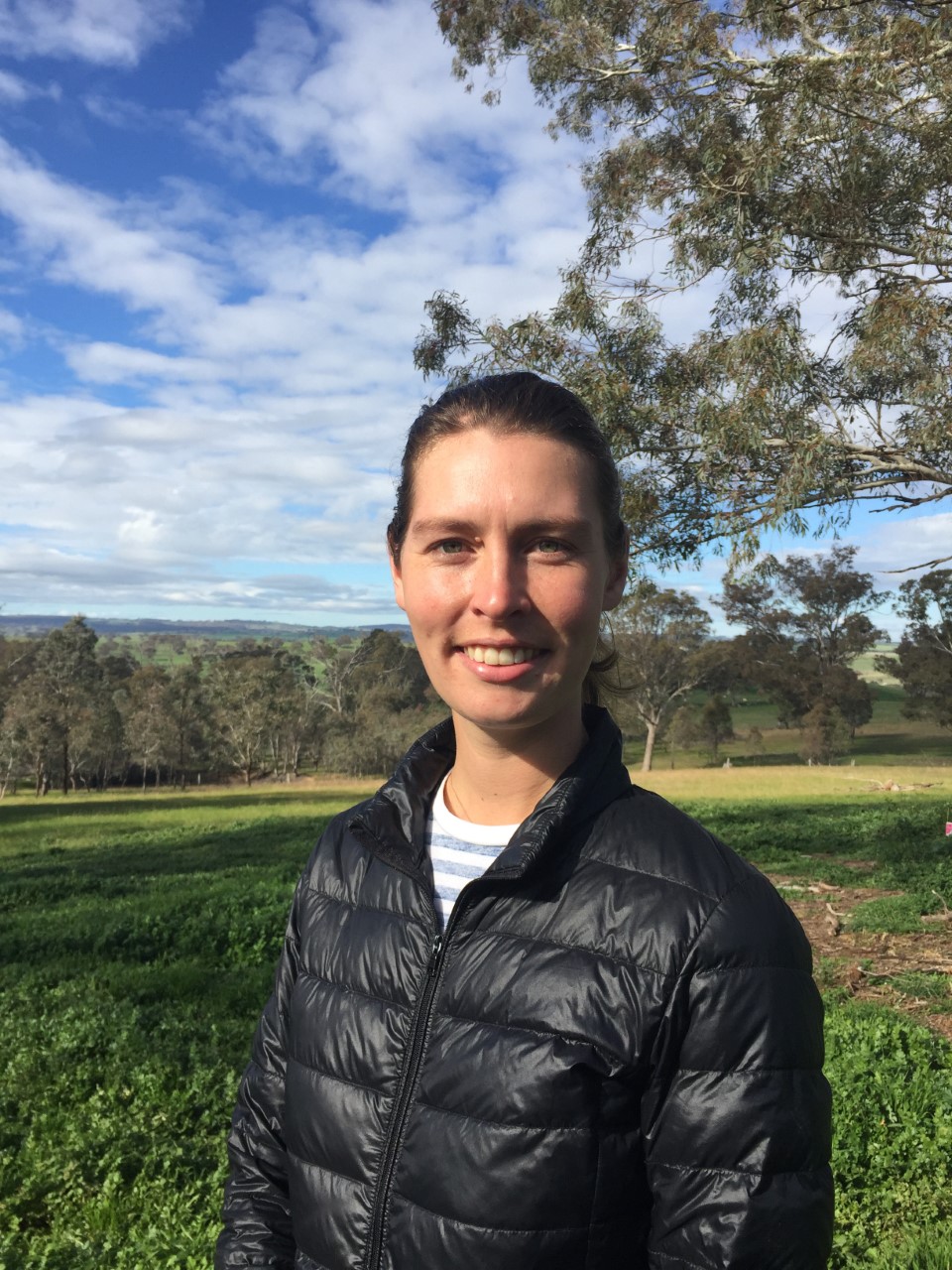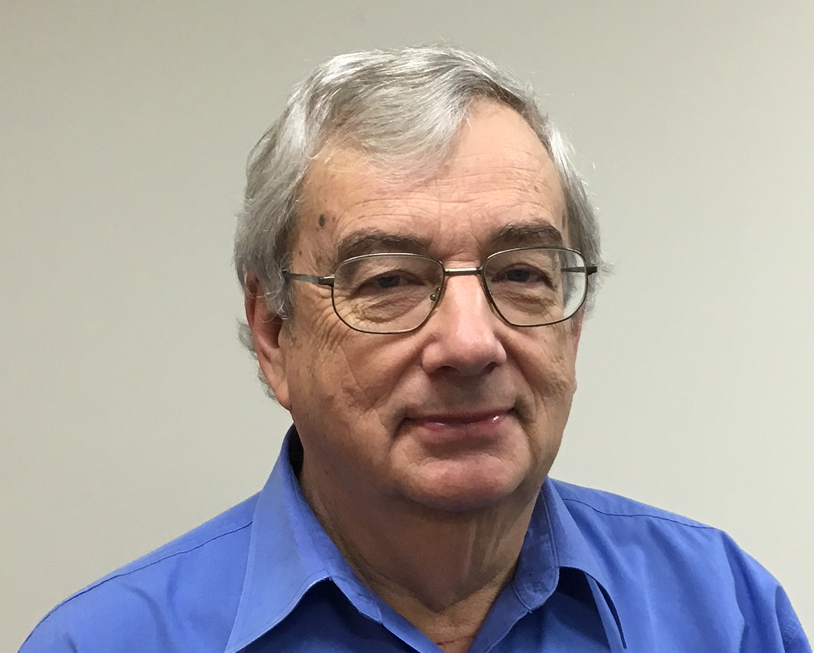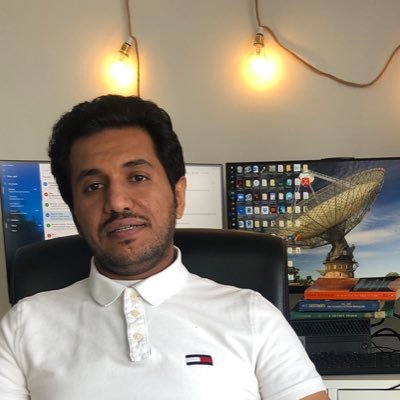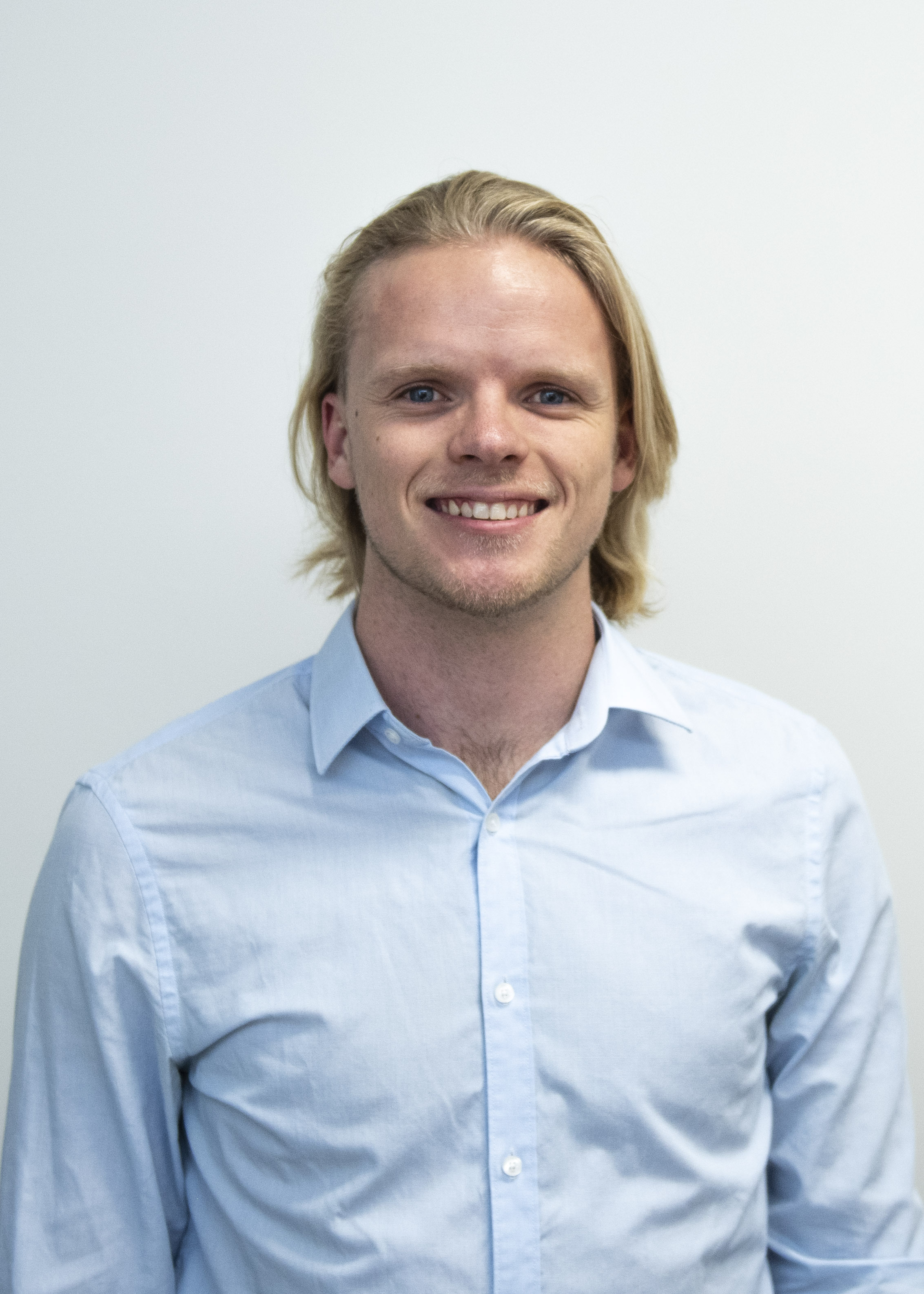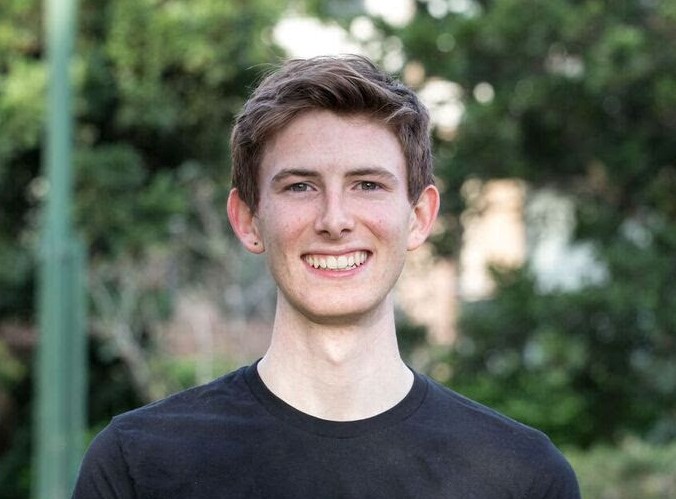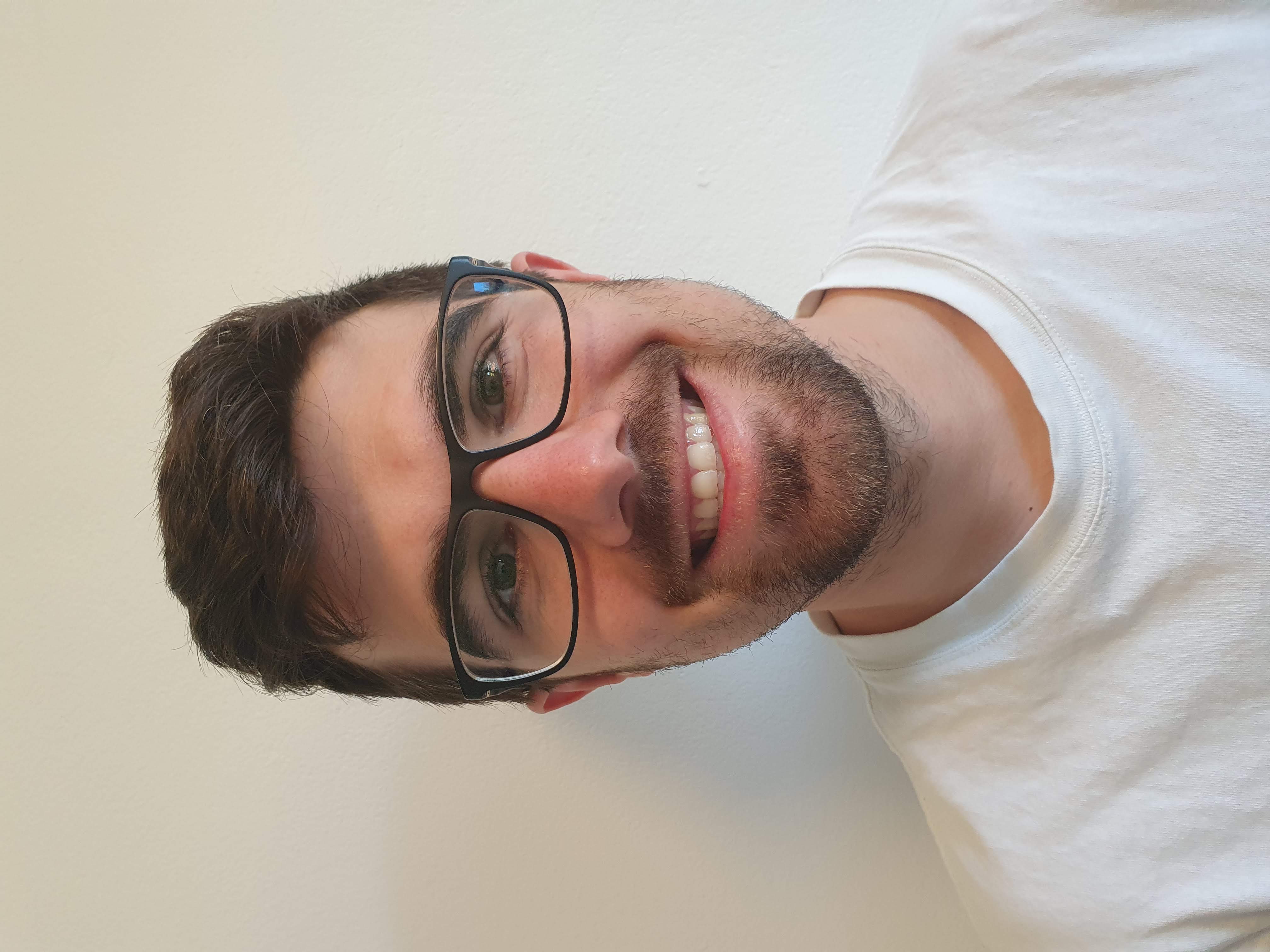Professor Iver Cairns, Director
Iver Cairns has over 30 years of experience in space physics and space weather research. His primary expertise is in the theory, simulation, and analysis of plasma waves and radio emissions. Iver has over 300 published, refereed, papers in journals and books. He is a Co-Investigator on NASA’s STEREO mission and, since June 2019, on NASA’s two new SMEX missions, PUNCH and TRACERS. Prof. Cairns has held multiple leadership positions in Australian and international scientific societies, including the Asia Oceania Geosciences Society (AOGS), the Committee on Space Research (COSPAR), International Association for Geomagnetism and Aeronomy (IAGA), and the Solar Terrestrial and Space Physics (STSP) Group of the Australian Institute of Physics. Currently he is Chair of COSPAR’s Finance Committee and of the Program Committee for the 2020 COSPAR Assembly in Sydney, as well as the longtime Co-Chair of the Australian Space Research Conference. Within Australia Iver led the 2010-2019 Decadal Plan for Australian Space Science and chaired the Academy of Science’s National Committee for Space Science 2004 – 2011. Since then he has worked to convince Governments to invest in the space sector. He led the INSPIRE-2 CubeSat project, which launched in May 2017 and re-entered still working in November 2018. Currently Iver leads CUAVA, the ARC Training Centre for CubeSats, UAVs, and Their Applications, which is training people, solving research problems, and working on commercial outcomes for its industry, academic, and governmental partners.
A longer bio is available at https://sydney.edu.au/science/people/i.cairns.php


